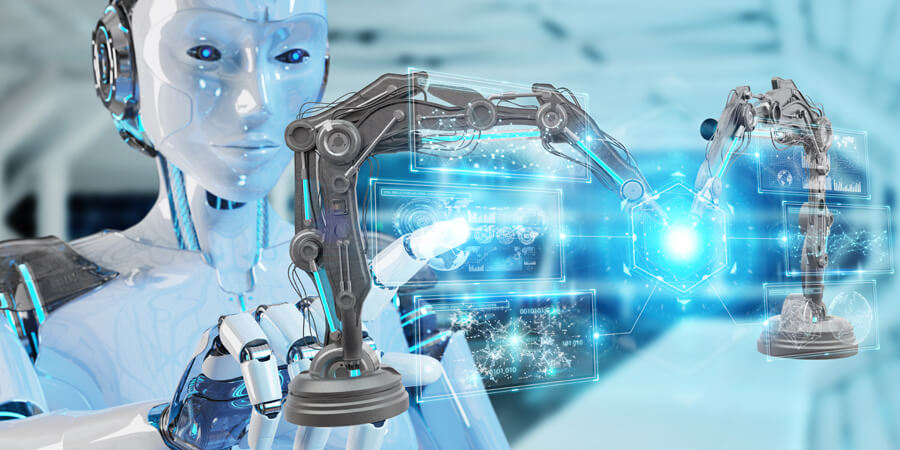Robotics and Automation: Pioneering the Age of Intelligent Machines
Introduction
In the ever-evolving landscape of technology, robotics and automation stand at the forefront, driving significant advancements in various industries. From manufacturing to healthcare, these intelligent machines are transforming the way we live and work. In this blog, we will explore the exciting world of robotics and automation, delving into their definitions, applications, benefits, and the impact they have on society and the future of work.
Understanding Robotics and Automation
Robotics is the interdisciplinary field that involves the design, construction, operation, and programming of robots. These machines are equipped with sensors, actuators, and software that allow them to interact with the physical world and perform tasks autonomously or semi-autonomously.
Automation, on the other hand, refers to the use of technology and machines to perform tasks with minimal human intervention. It involves the mechanization of processes, reducing the need for manual labor and streamlining operations.
The Rise of Intelligent Machines
Advancements in robotics and automation have given rise to a new era of intelligent machines:
1. Industrial Robots: In manufacturing, industrial robots automate repetitive and dangerous tasks, enhancing production efficiency and product quality.
2. Service Robots: Service robots are designed to assist humans in various settings, such as healthcare, hospitality, and home assistance.
3. Autonomous Vehicles: Self-driving cars and drones are examples of autonomous machines that rely on robotics and automation to navigate and operate safely.
4. AI-Powered Automation: Artificial Intelligence (AI) plays a pivotal role in automation, enabling machines to learn, adapt, and make decisions based on data and patterns.
Benefits of Robotics and Automation
The widespread adoption of robotics and automation brings numerous benefits:
Increased Efficiency: Automation reduces the time and resources needed to perform tasks, leading to higher productivity and cost savings.
Improved Safety: Robots and automated machines can handle hazardous tasks in environments dangerous for humans, minimizing risks to human workers.
Precision and Consistency: Robots perform tasks with high precision and consistency, reducing errors and defects in manufacturing processes.
Enhanced Customer Experience: Service robots improve customer service by providing quick and accurate assistance in various industries.
Applications in Various Industries
Robotics and automation have transformative applications across industries:
1. Manufacturing: Robotics revolutionize assembly lines and manufacturing processes, enhancing productivity and quality control.
2. Healthcare: Surgical robots aid surgeons in performing delicate procedures, while service robots assist with patient care and rehabilitation.
3. Logistics and Warehousing: Automation in logistics and warehousing streamlines inventory management, order processing, and fulfillment.
4. Agriculture: Agricultural robots automate tasks like planting, harvesting, and monitoring crops, improving agricultural efficiency.
5. Retail: Service robots guide customers, provide product information, and assist with inventory management in retail environments.
The Future of Work
As robotics and automation continue to advance, there is growing discussion about the impact on the workforce:
Job Displacement: Automation may lead to job displacement in certain industries, raising questions about retraining and upskilling the workforce.
New Job Opportunities: On the other hand, robotics and automation create new job opportunities in areas like robotics engineering, AI development, and robot maintenance.
Conclusion
Robotics and automation represent a groundbreaking frontier in technology, reshaping industries and human interactions. As intelligent machines become more prevalent, it is crucial to harness their potential responsibly and ethically. By embracing the benefits of robotics and automation while addressing the challenges, we can pave the way for a future where these technologies work hand in hand with humans, enhancing productivity, safety, and overall quality of life. The journey into the age of intelligent machines is an exciting one, promising to unlock a realm of possibilities that will shape the world for generations to come.

Comments
Post a Comment